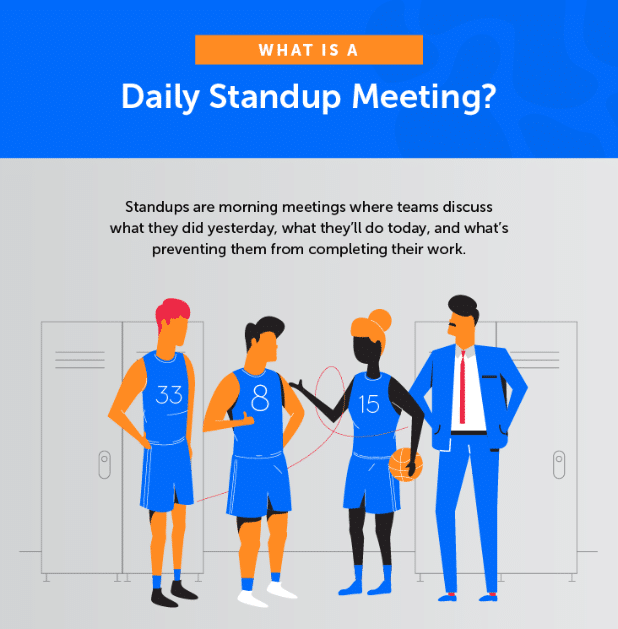

The team should share their team roles to increase understanding and enable mutual expectations to be met.

If a role is absent from the team, then it is often filled by someone who has not recognised this role as a dominant one. Team roles tend to develop and mature and may change with experience and conscious attention. In practice, the ideal is rarely the case, and it can be beneficial for a team to know which of the team roles are either over represented or absent and to understand individual's secondary roles. A shaper should be an alternative to a co-ordinator rather than having both. Strong teams normally have a strong co-ordinator, a plant, a monitor evaluator and one or more implementers, team workers, resource investigators or completer finishers. Strength in one team role is often at the expense of what might be seen as a weakness in another context.Īn ideal team should ideally have a healthy balance of all 9 team roles. It should always be remembered that the tool helps to describe an individual's 'preferred' team roles and is designed to indicate how you would ideally operate in a team environment.

The assessments are available either online or via Belbin's book. This can be supported through the inclusion of 'observer assessments' which provide independent evidence about an individual's team roles. An individual's team role is established through a 'Self Perception Inventory', a questionnaire designed to establish your preferred way of working in a team environment. This approach enables an individual or team to benefit from self-knowledge and adjust behaviour according to the demands being made by the external situation. The team roles describe a pattern of behaviour that characterises one person's behaviour in relationship to another in facilitating the progress of a team. The 9 team roles are summarised in the table below. However, when used wisely to gain insight about the working of the team and identify the team strengths and weaknesses it can be extremely useful.īelbin describes a team role as "a tendency to behave, contribute and interrelate with others in a particular way." There are 3 action oriented roles - Shaper, Implementer and Completer Finisher 3 people oriented roles - Co-ordinator, Teamworker and Resource Investigator and 3 cerebral roles - Plant, Monitor Evaluator and Specialist. Has been criticised due to it's potential oversimplification and 'pigeon-holing' of individuals. The team roles were designed to define and predict potential success of management teams, recognising that the strongest teams have a diversity of characters and personality types. Developed by Meredith Belbin in 1981, following nine years of study and has become one of the most accessible and widely used tools to support team building.


 0 kommentar(er)
0 kommentar(er)
